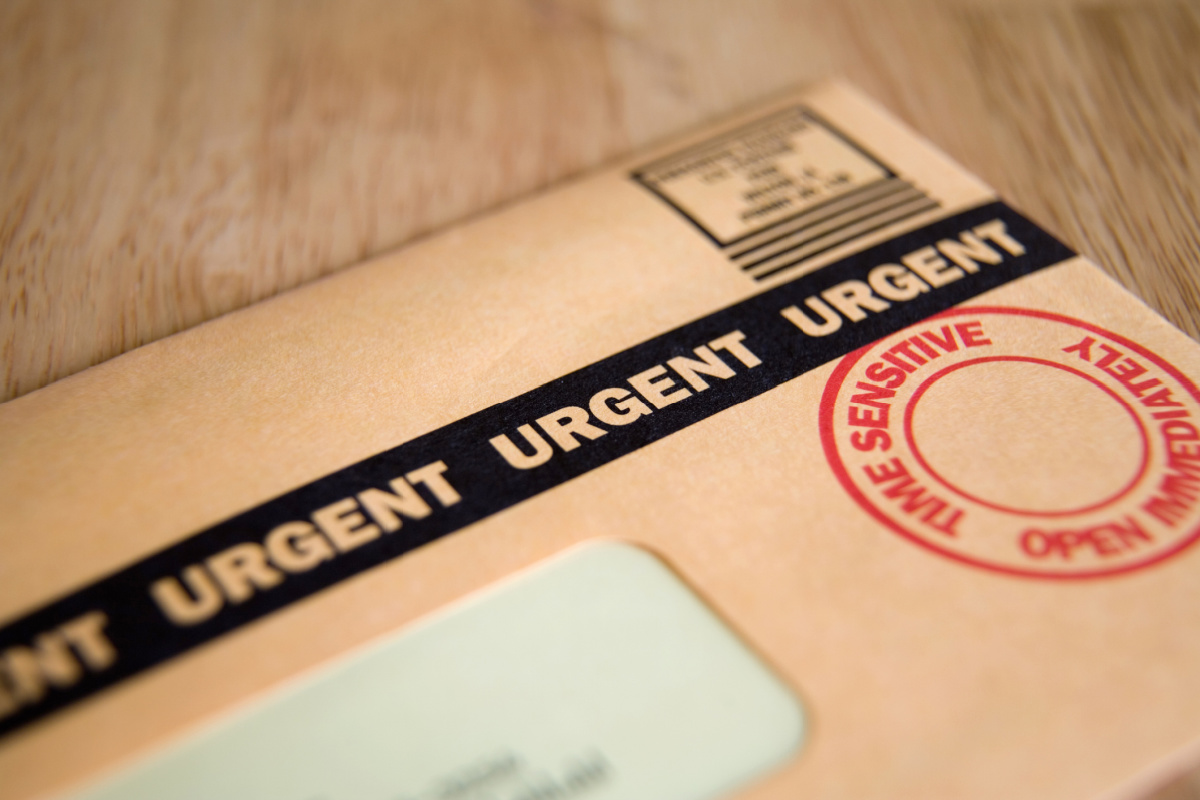I know many surgeons who received a laceration of their torso or leg. They went into their office, pulled out some Lidocaine, and went to work. Sutures placed. Bandage on top. Back to the picnic.
Now for the curious case of Leonid Rogozov. Don’t read further yet. Props to any trivia buffs who can identify his claim to fame.
Dr. Rogozov graduated in 1959 as a general practitioner. He started clinical training in surgery. In September 1960 at the age of 26, he joined the Soviet Antarctic Expedition as a doctor. From September 1960 until October 1962, he served as the sole physician in a team of thirteen researchers at the Novolazarvskaya Station (75 km from the Antarctic coast).
The morning of April 29, 1961, Rogozov developed nausea, fever, and right lower quadrant pain. Uh oh. The following morning, he had signs of localized peritonitis and his condition deteriorated by evening. The nearest Soviet research station was 1000 miles away. Severe blizzard conditions prevented any planes from landing or taking off.
He had no choice but to operate on himself.
From Wikipedia:
The operation started at 02:00 local time on 1 May with the help of a driver and meteorologist, who were providing instruments and holding a mirror to observe areas not directly visible, while Rogozov was in a semi-reclining position, half-turned to his left side. A solution of 0.5% novocaine was used for local anaesthesia of the abdominal wall. Rogozov made a 10–12 cm incision of the abdominal wall, and while opening the peritoneum he accidentally injured the cecum and had to suture it. Then he proceeded to expose the appendix. According to his report, the appendix was found to have a dark stain at its base, and Rogozov estimated it would have burst within a day. The appendix was resected and antibiotics were applied directly into the peritoneal cavity. General weakness and nausea developed about 30–40 minutes after the start of the operation so that short pauses for rest were repeatedly needed after that. By about 04:00 the operation was complete.
After the operation gradual improvement occurred in the signs of peritonitis and in the general condition of Rogozov. Body temperature returned to normal after five days, and the stitches were removed seven days after the operation. He resumed his regular duties in about two weeks. The self-surgery captured the imagination of the Soviet public at the time. In 1961 he was awarded the Order of the Red Banner of Labour. The incident resulted in a change of policy, and thereafter, extensive health checks were mandatory for personnel to be deployed on such expeditions….
Rogozov died in 2000, age 66, from lung cancer.
Self-surgery is something that might be necessary on space missions – particularly long missions such as journeys to Mars. Particularly if you are the team doctor and you get sick.
You do what you have to do.
Another Antarctica trivia question. Anyone know what the 300 Club is? Answer here.






And this reminds me of the old joke.
Surgeon patient, during his surgery: I’d like to close on myself if you don’t mind.
Surgeon Doctor: Ok, suture self.
Regarding the 300 Club: I’m sure there’s a 300 version of the Mike High Club. You’re just too much of a gentleman to say so.
Great story. Unfortunately insurance reimbursed zero because the Soviet Medicare Minister determined the patient was too closely related to the physician, and surgery was not performed at an authorized facility.